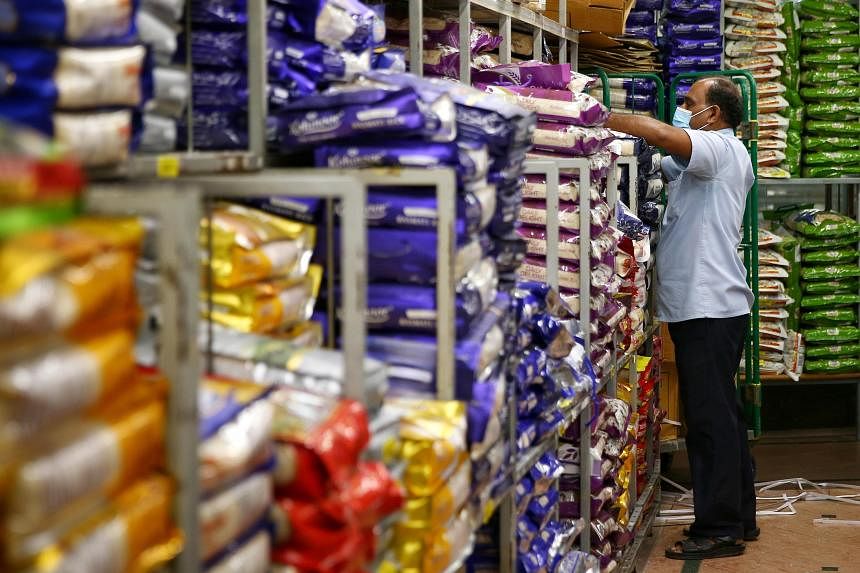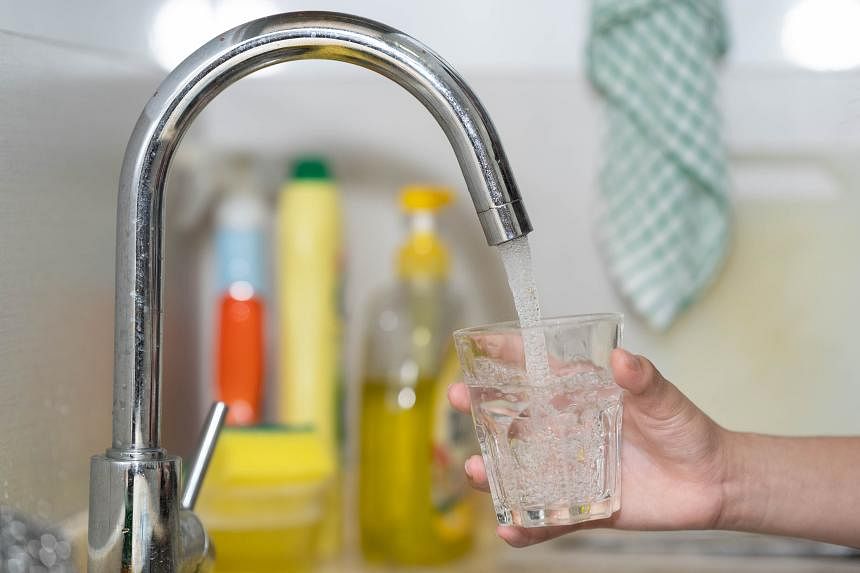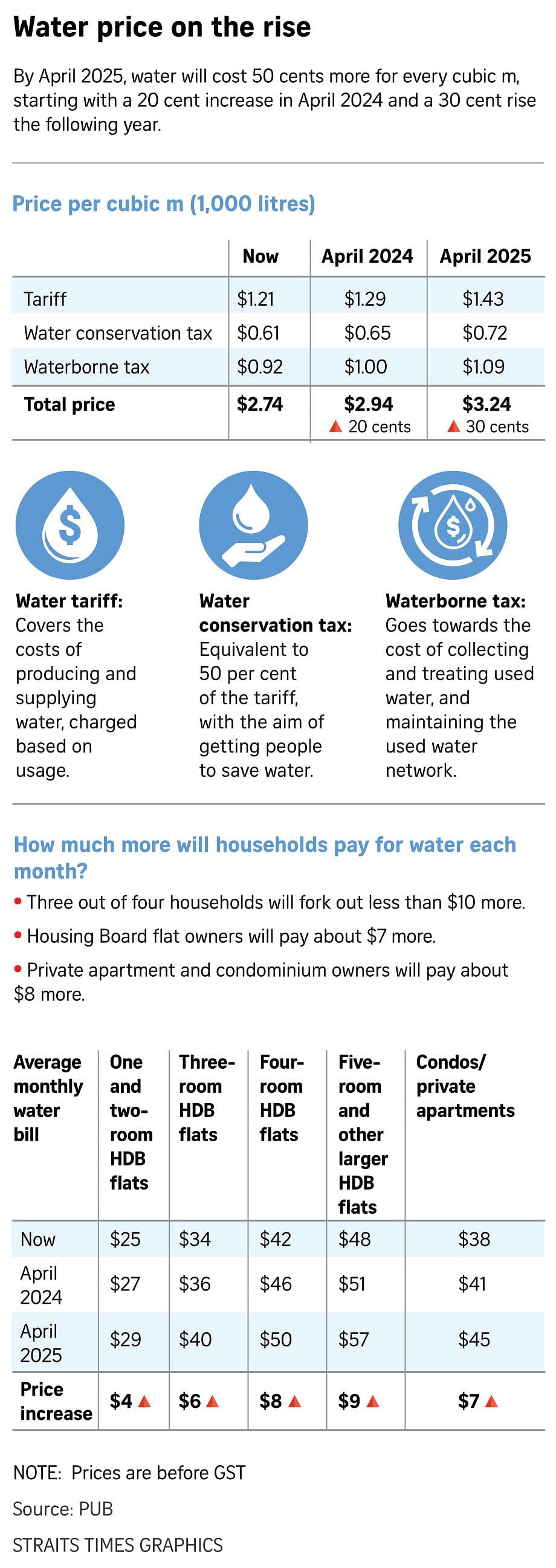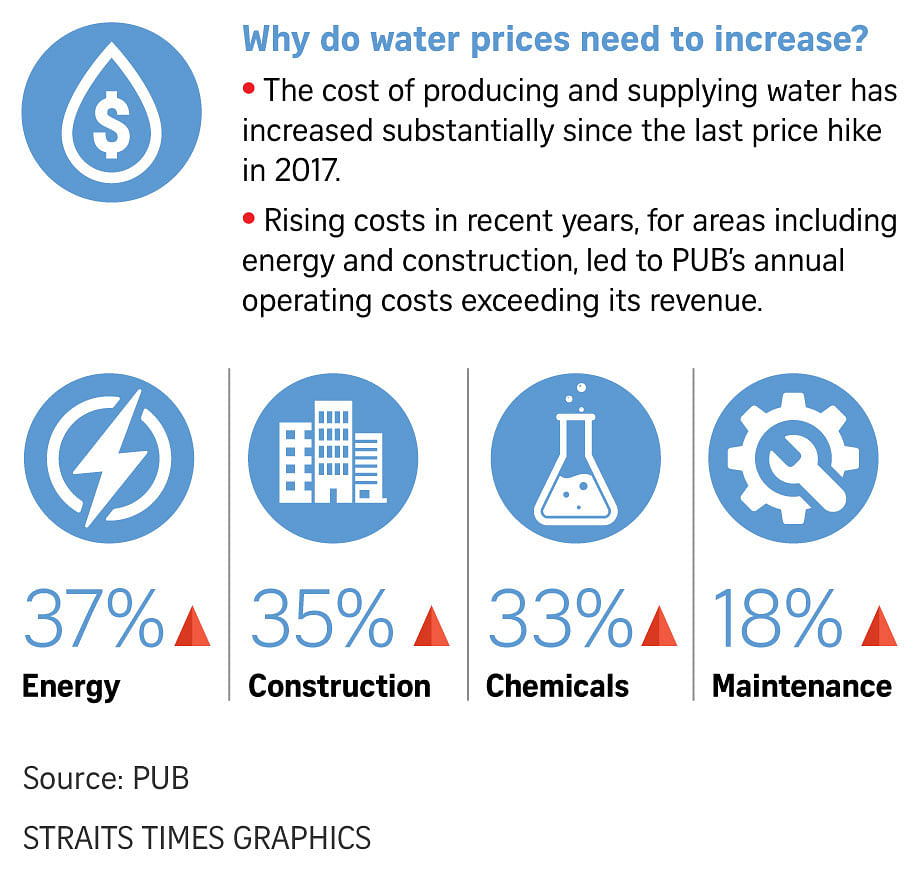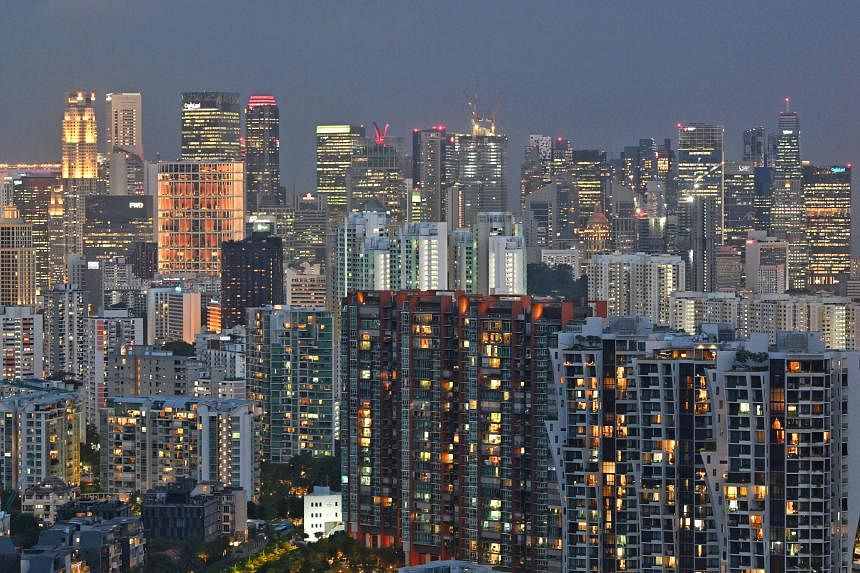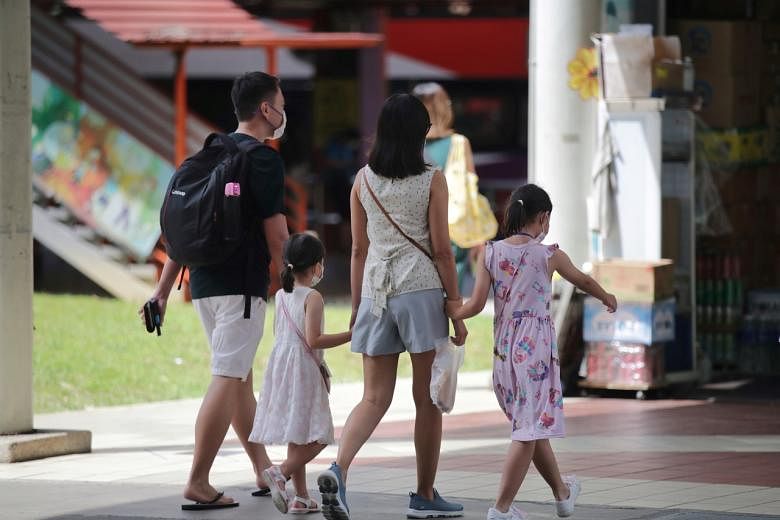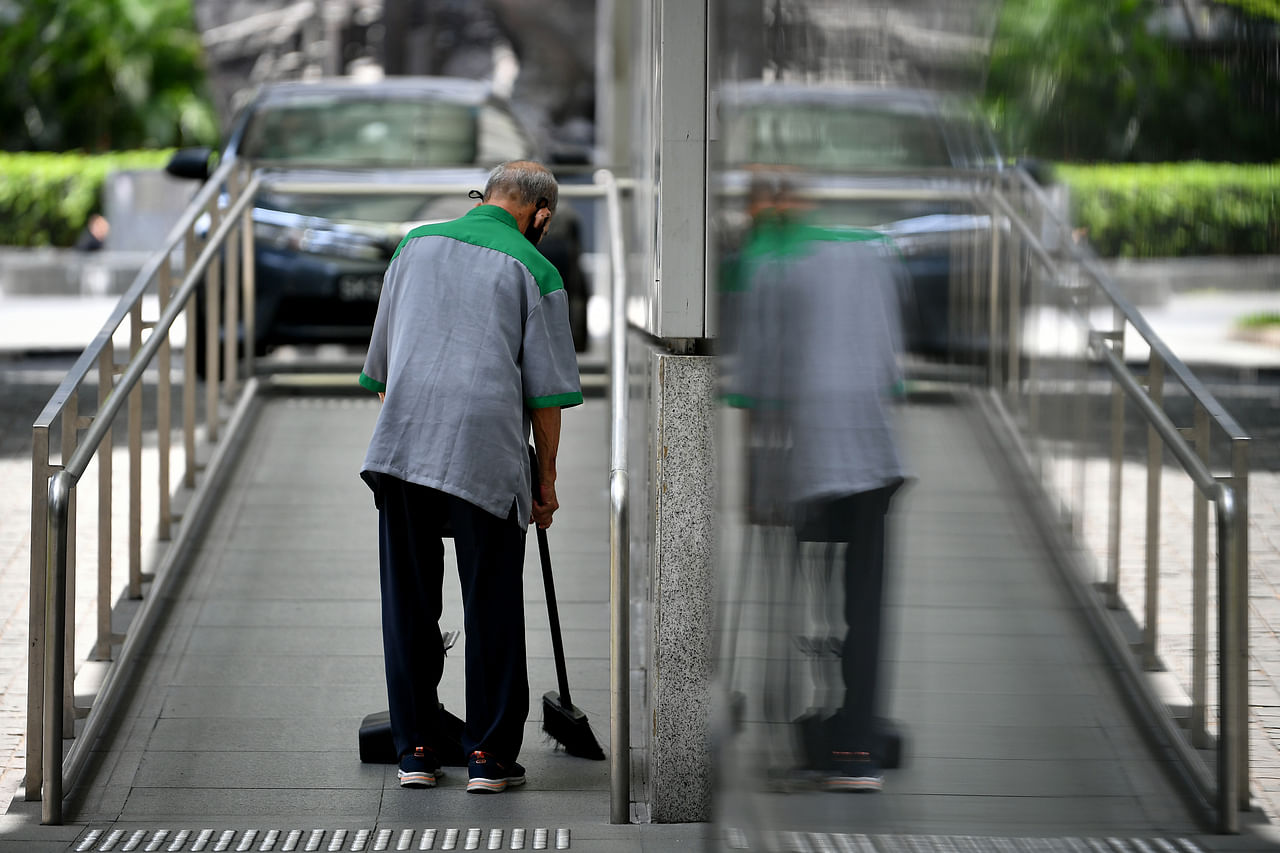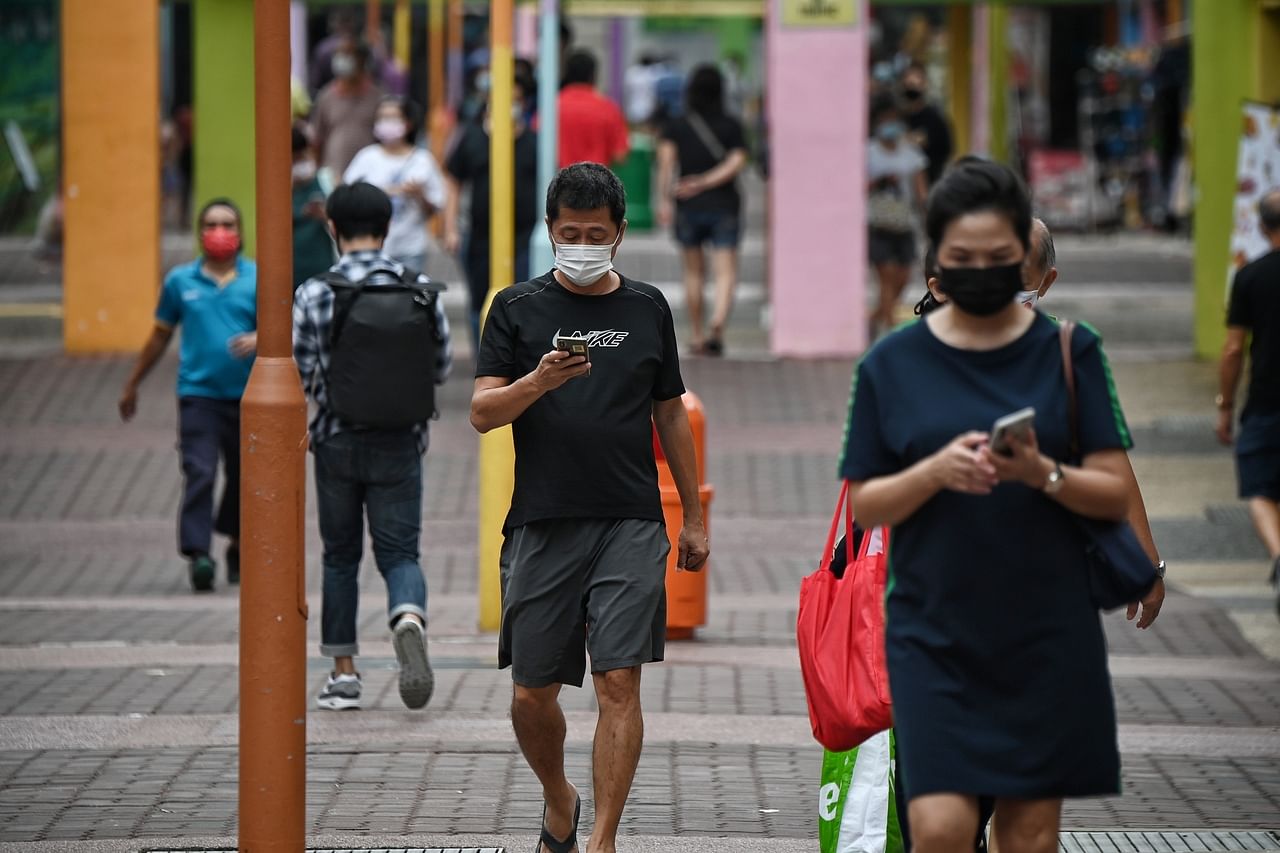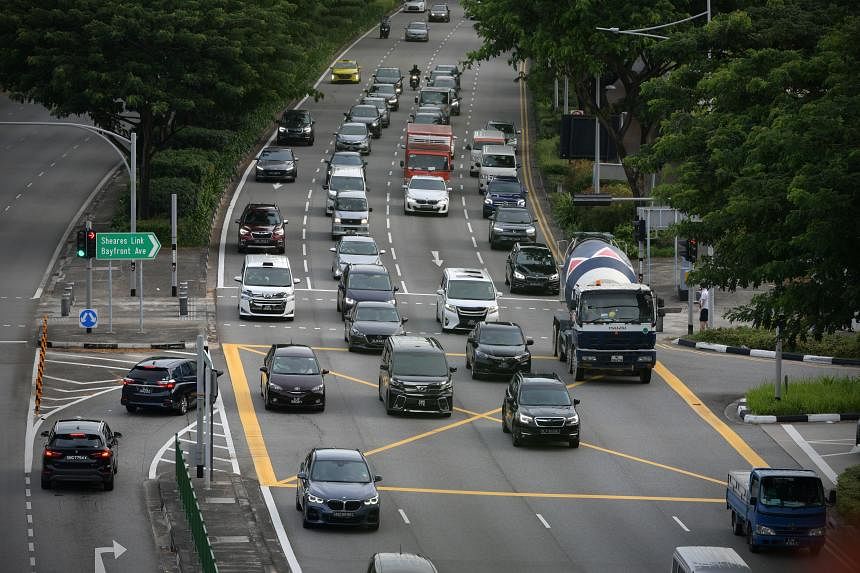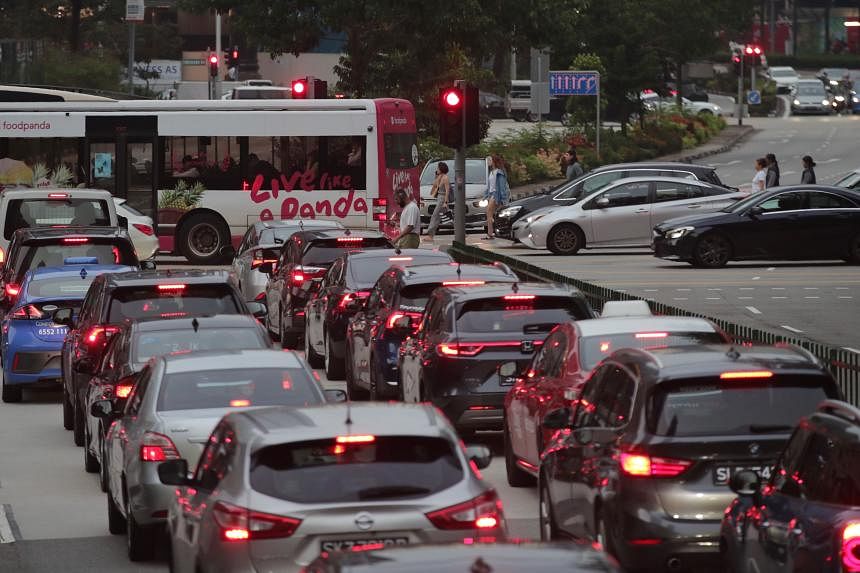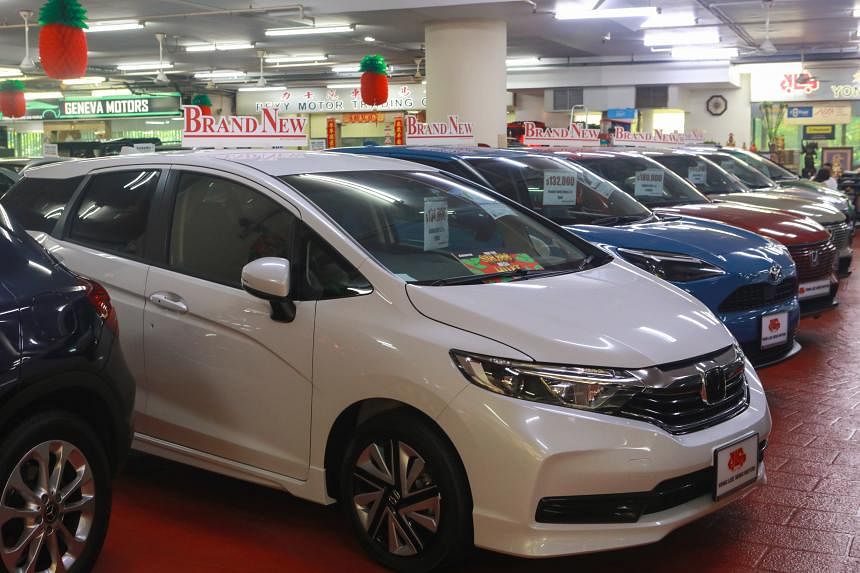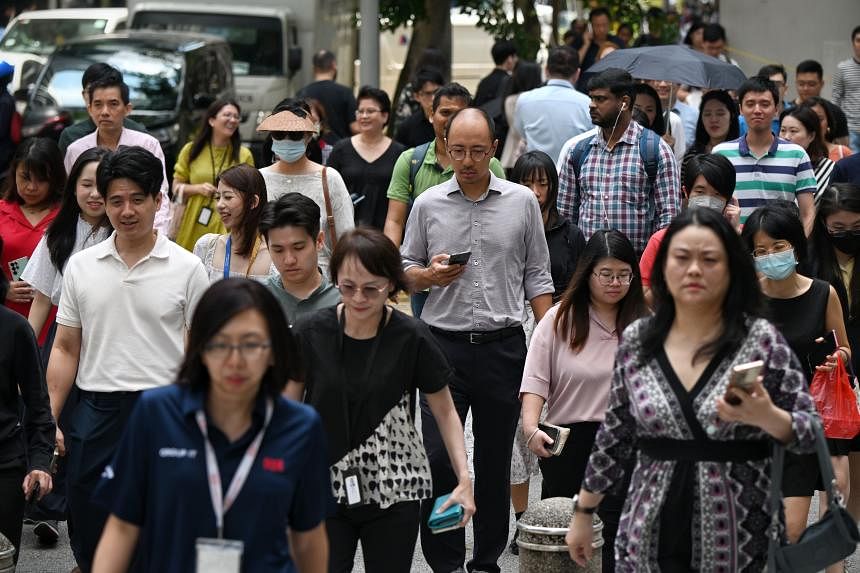Banks to start charging customers for Singdollar cheques by Nov 1
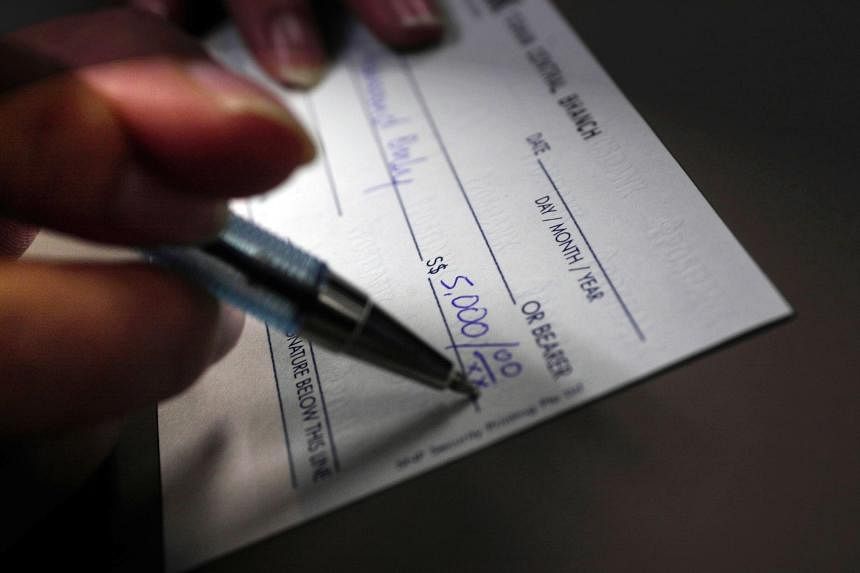
The move comes amid falling cheque usage in Singapore and, in turn, higher costs of handling cheques. PHOTO: ST FILE

Alyssa Woo
Assistant Business Editor
JUL 28, 2023
SINGAPORE - Seven major banks in Singapore – Citibank, DBS Bank, HSBC, Maybank, OCBC Bank, Standard Chartered Bank and UOB – will begin charging individuals for Singapore dollar-denominated cheques by Nov 1.
Other banks will do so by July 1, 2024.
Charges for US dollar-denominated cheques will also be implemented in phases, though a DBS spokesman said on Friday that the bank will start implementing charges for SGD-denominated and local USD-denominated cheques for both individuals and companies from Nov 1.
This comes amid falling cheque usage in Singapore and, in turn, higher costs of handling cheques, noted the Monetary Authority of Singapore (MAS) and the Association of Banks in Singapore (ABS) on Friday.
Cheque transaction volumes here have fallen sharply – by almost 70 per cent in the past six years, from 61 million in 2016 to less than 19 million in 2022.
Correspondingly, the average cost of clearing a cheque has quadrupled since 2016 to 40 cents in 2021. If cheque volumes continue to fall further, that cost is projected to increase to up to $6 by 2025.
It is fast becoming unsustainable for banks to continue absorbing these costs, said MAS and ABS.
Cheque processing costs include cheque clearing costs associated with the cheque truncation system (CTS) and other bank operating costs.
The new charges will vary according to the individual banks.
While MAS intends to eliminate corporate cheques by end-2025, individuals can continue using cheques and cashier orders for the foreseeable future, or at least until the CTS – essentially a cheque clearing system – is completely terminated.
This is to give them time to familiarise themselves with alternative payment methods, including PayNow, Giro and e-wallets, and make a full transition away from cheques and cashier orders.
MAS and ABS will further help to develop appropriate initiatives to assist remaining individual cheque users in their transition to alternative payment methods.
Banks are doing their part too.
OCBC already has in place at all of its 30 personal banking branches the Digital Silvers Programme, which is focused on helping those aged 60 and above learn how to bank and pay digitally. The current programme curriculum, which includes Fast and PayNow, will be updated in early August to include Giro.
DBS has also been working with the Infocomm Media Development Authority since November 2022 to organise digital literacy workshops for the community, with the aim of reaching out to 100,000 Singaporeans and residents. To date, about 16,000 people have participated in these workshops.
There will be another public consultation exercise in 2024 to set out the initiatives and timeline to eliminate individual cheques and terminate the CTS.
By the time these are implemented, individuals can use the electronic deferred payment (EDP) solution – to be launched by end-2025 – to make deferred payment or issue a cashier’s order without the need for cheques. EDP will leverage existing payment solutions like PayNow and Giro.
The first round of public consultation, which was carried out last November and December, found that individuals who were still using cheques did so mainly for property-related transactions.
They were also willing to pay for cheque-processing costs, as such payments tend to be occasional and less frequent.
Individuals whom The Straits Times spoke to said writing cheques offers them an added sense of security.
Public service officer Jackson Wu, 49, writes cheques for routine instalment payments such as housing and vehicle loans, and does not use e-payment options such as PayLah! and PayNow or ATM Nets contactless payment because he does not want to link transactions to his bank accounts.
Mr Wu said: “While such transactions are legitimate, I think there is a chance for the transaction details and e-signature to be hijacked by hackers.”
For other cheque users, it is the difficulty of remembering login details for online payment systems.
“Generally, older folks don’t really remember their logins for the apps. For example, just yesterday, my client couldn’t set up PayNow via his NRIC because he forgot his login details,” said insurance agent Ng Wen Jie, 33, who also wrote a cheque when paying for his house. “Many banks allow Singpass login, but a couple do not.”
The overall number of individuals who use cheques is low, according to the banks.
For Citi Singapore’s retail banking segment, more than 95 per cent of payments are made through digital channels, with cheques accounting for less than 2 per cent of transactions.
Said its spokesman: “Even this number is decreasing steadily by about 20 per cent year to date. Correspondingly, we receive less than 100 requests for cheque book replenishments every month.”
Mr Sunny Quek, OCBC’s head of global consumer financial services, said 97 per cent of the bank’s consumer financial transactions were performed digitally in the first half of 2023.
The number of its digital app users has almost doubled over the last five years.
At DBS, cheque usage among its retail and corporate customers continues to fall by up to 25 per cent every year. DBS and POSB retail customers prefer to make e-payments, with $70 out of every $100 spent paid for digitally.
Ms Adeline Kim, Visa’s country manager for Singapore and Brunei, also sees increasing use of digital payments. She noted that more than 95 per cent of Singapore consumers prefer credit or debit cards as their primary payment method, “a consistent trend across generations from baby boomers to Generation Z”.
Hard stop for corporate cheques
Like individuals, companies will be charged for SGD-denominated cheques by Nov 1, with charges for USD-denominated cheques being implemented in phases.This change will make cheque clearing costs more uniform across the banks, as currently the various banks have different charges in place for different denominations.
Banks will also stop issuing cheque books to corporate customers some time before the implementation of the EDP solution, and stop processing all corporate cheques by Jan 1, 2026.

